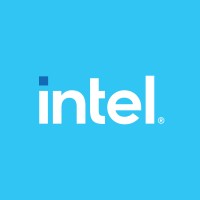FAQs
What is the primary role of a CPU Physical Design Engineer?
The primary role of a CPU Physical Design Engineer is to perform physical design implementation of custom CPU designs from RTL to GDS, conducting the entire CPU physical design flow and ensuring the design database is ready for manufacturing.
What qualifications are required for this position?
Candidates must have a Bachelor's degree in Computer or Electrical Engineering and 4+ years of experience, or a Master's degree in Computer or Electrical Engineering with 3+ years of experience.
What tools should a candidate be familiar with for this job?
Candidates should have experience with APR flow tools like Synopsys Fusion, Cadence Genus/Innovus, as well as tools such as PrimeTime, PTSI, Conformal, LEC, Redhawk, Caliber, and Duet.
What programming skills are preferred for this position?
Preferred programming skills include TCL and Perl coding.
Are communication skills important for this role?
Yes, excellent communication skills are a key behavioral skill we are looking for in a candidate.
What aspects of CPU design might this role analyze for improvement?
This role will analyze results to improve product level parameters such as power, frequency, and area, closely collaborating with various teams.
Does this position involve working with EDA vendors?
Yes, this role involves working intimately with industry EDA vendors to build and enhance tool capabilities for designing a high-speed, low-power synthesizable CPU.
Will this role require working on multiple tasks simultaneously?
Yes, the candidate must be willing to balance multiple tasks.
What is the working model for this position?
This role is eligible for a hybrid work model, allowing employees to split their time between working on-site and off-site, although it may change based on business needs.
What benefits are offered with this job?
The position offers a total compensation package that includes competitive pay, stock, bonuses, and benefits programs such as health, retirement, and vacation.

